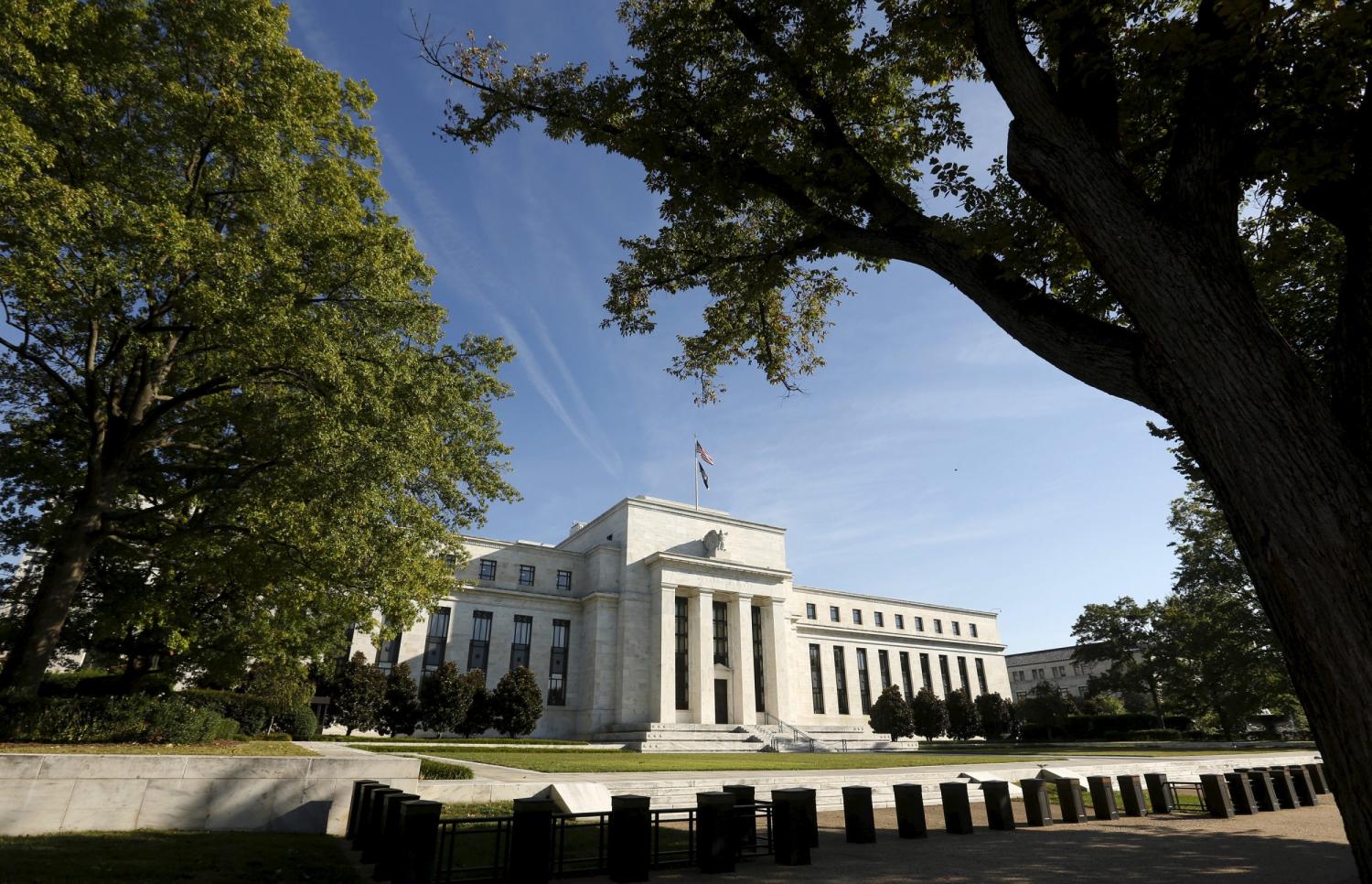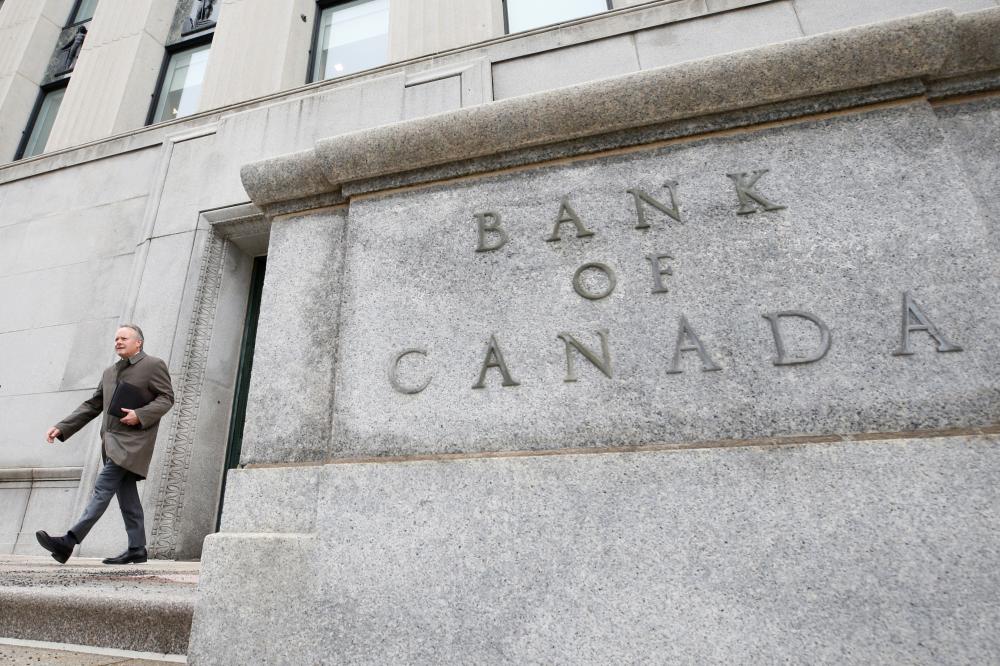David Wessel describes the arguments for keeping, changing or replacing the Federal Reserve’s 2 percent target, and the pros and cons of each of the alternatives that have been proposed—including raising the inflation target or replacing it with a price-level target or nominal GDP target. Read Wessel’s report here.



